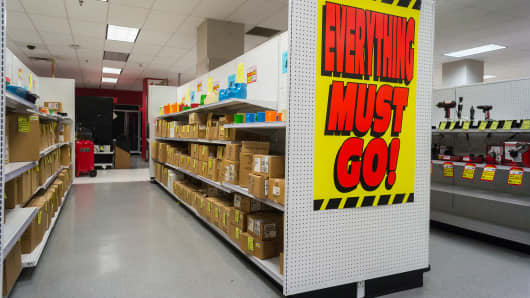The prevailing viewpoint today is that a retail apocalypse is upon the American market, that it will bring the death of shopping malls, and that e-commerce is largely to blame. A series of big-name store closings have prompted dire proclamations and forecasts of further doom. But the headlines and store closings do not show the full picture of the health of the U.S. retail sector. In fact, nineteen brands have announced the opening of a total of 2,861 stores in the first half of 2017.
When taking a look at Manhattan as an example, one of the hottest real estate markets in the country showed that average asking rents declined in 11 of the 17 retail corridors according to the most recent (fall 2016) published Real Estate Board of New York's (REBNY) Manhattan Retail Report.
When looking closely at the data, one can quickly see that the numbers don't tell the full story of the evolving market and it's something that we have felt for a long time. According to REBNY's analysis, the asking rent adjustments are indicative of a natural correction in a market that had been soaring ever since the 2008 financial crisis.
Brick-and-mortar is not in fact defunct. Instead, it is evolving, and successful retailers are embracing a shopping experience that blends a variety of platforms and that ultimately creates the engagement necessary for a brand's success.
As shown by the renewed appeal for showrooming in the apparel retail industry, digital retailing and brick-and-mortar are complementary. Consumers enjoy the shopping experience without actually shopping: in many cases, they won't bring home a purchase but instead buy online after enjoying the shopping experience. In the end, brick and mortar assist the transaction that would not otherwise have occurred.


